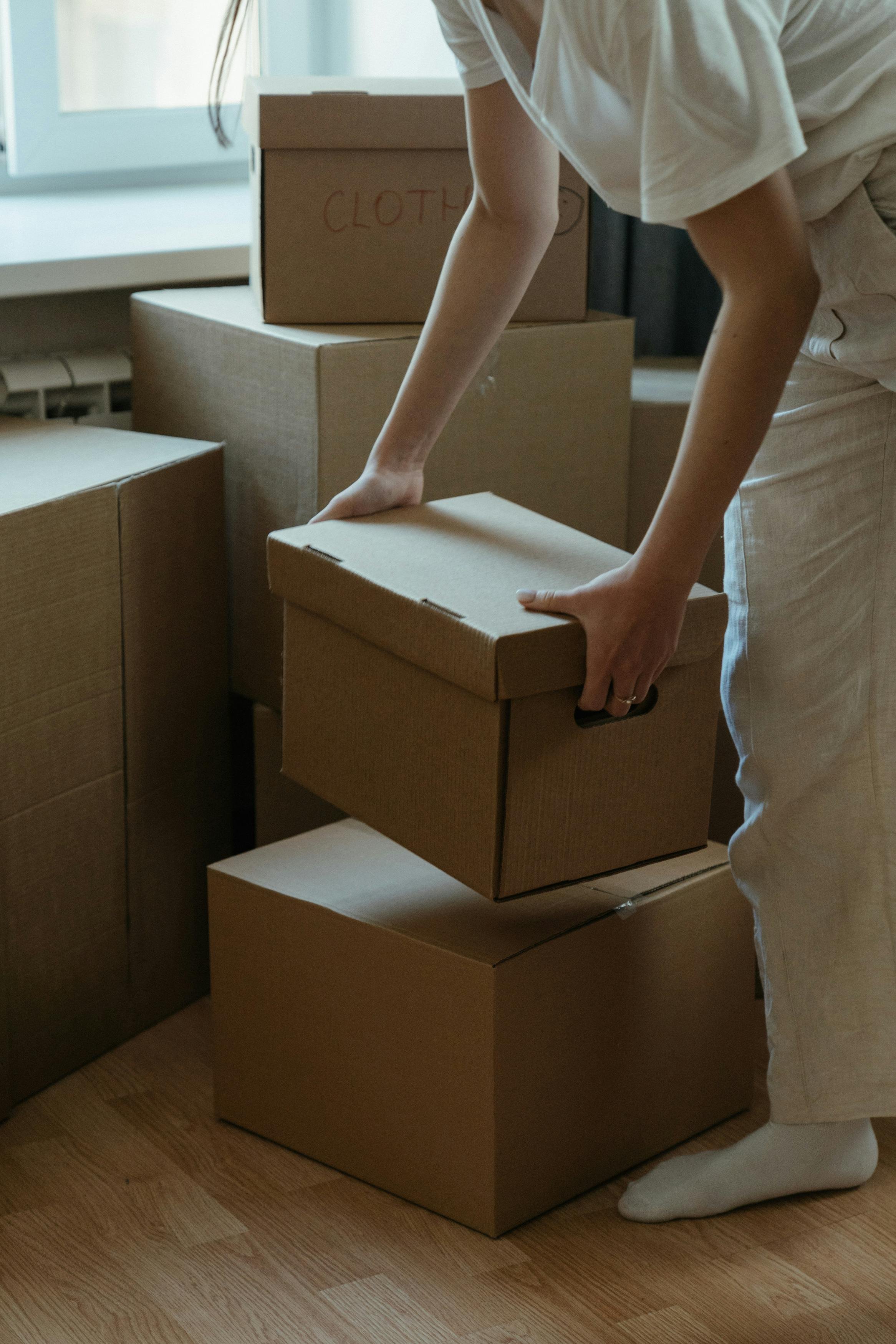How to Pack for a Local Move
Learn how to pack efficiently for a local move. Discover tips for organizing, protecting your items, and making the transition quick and easy.
When it comes to moving, even a short distance can feel overwhelming without a proper plan. Many assume that because it’s a local move, the process will be straightforward.
However, packing and organizing your belongings can still be a major undertaking. Knowing how to pack for a move can save you time, money, and unnecessary stress, whether you're moving across town or to a neighboring area.
Why Packaging Matters, Even for a Local Move
While moving locally might not require the extensive logistics of a cross-country relocation, the same principles of organization and care apply. Here’s why packing properly is crucial:
Efficiency: Organized packing means a quicker, smoother move.
Protection: Properly packed items are less likely to get damaged.
Stress Reduction: Knowing where everything is makes unpacking easier and less overwhelming.
With that in mind, let’s dive into the details of how to pack for a move.
Start Early and Create a Plan
The first rule of moving is to start early. Procrastination can lead to chaos and unnecessary stress. Even if you think you don’t have much to pack, sorting and organizing take more time than anticipated.
Create a Packing Timeline
Break down your packing process into manageable steps by creating a timeline. This should include:
Decluttering: Decide what to keep, donate, sell, or discard.
Packing non-essentials: Start with items you rarely use, such as seasonal decor or off-season clothing.
Packing essentials last: These include items you’ll need right up until moving day.
Gather the Right Supplies
Understanding how to pack for a move begins with having the right tools at your disposal. Proper packing materials ensure your belongings are safe and secure during the move.
Essential Packing Supplies
Boxes: Use sturdy cardboard boxes in a variety of sizes. Smaller boxes work best for heavy items like books, while larger ones are ideal for lightweight but bulky items like pillows.
Packing Tape: High-quality tape is essential for sealing boxes securely.
Bubble Wrap and Packing Paper: These protect fragile items such as glassware, ceramics, and electronics.
Markers and Labels: Clearly label each box with its contents and the room it belongs to.
Furniture Pads and Plastic Wrap: Protect larger items like furniture and appliances from scratches and dirt.
Declutter Your Belongings
Moving is the perfect time to assess your belongings and eliminate clutter. Why pack and transport items you no longer need?
How to Declutter Effectively
Sort by Category: Tackle one category at a time—clothes, books, kitchen items, etc.
Ask Yourself Key Questions: When was the last time you used this item? Does it still serve a purpose? Does it bring you joy?
Create Piles:
Keep: Items you use regularly or have sentimental value.
Donate: Items in good condition that others can use.
Discard: Broken or unusable items.
Decluttering not only simplifies your move but also helps you start fresh in your new space.
Pack Room by Room
To stay organized and avoid confusion, pack one room at a time. This method allows you to keep similar items together and simplifies unpacking.
Suggested Packing Order
Start with Least Used Rooms: Spare bedrooms, basements, and storage areas can be packed early.
Move to Seasonal Items: Pack up holiday decorations, winter clothing, or summer gear, depending on the season.
End with Daily Essentials: Pack your kitchen, bathroom, and wardrobe last.
Handle Fragile Items with Care
Fragile items require extra attention to ensure they arrive intact. Here’s how to pack them properly:
Wrap Each Item Individually: Use bubble wrap or packing paper for glasses, dishes, and delicate decor.
Use Padding: Fill any empty spaces in the box with soft items like towels or crumpled paper to prevent movement.
Label Clearly: Mark these boxes as “FRAGILE” and indicate which side should face up.
Electronics, such as TVs and computers, should also be packed carefully. If possible, use their original boxes. Take photos of cable connections to simplify reassembly in your new home.
Maximize Box Space
Efficient packing isn’t just about fitting everything in—it’s about doing so safely. Here are some tips for optimizing space:
Pack Heavier Items First: Place heavy items at the bottom of the box.
Fill Gaps with Soft Items: Use towels, socks, or lightweight clothing to cushion and secure items.
Don’t Overpack: Avoid making boxes too heavy to lift comfortably.
Pack a First-Night Essentials Box
After a long day of moving, the last thing you’ll want to do is search for basic necessities. Pack a “first-night” box containing:
Toiletries
A change of clothes
Medications
Essential kitchen items (plates, utensils, snacks)
Phone chargers and other must-have electronics
Keep this box with you during the move for easy access.
Disassemble and Protect Furniture
Furniture often requires special handling during a move. Disassemble large pieces, like beds and tables, if possible. Keep screws and hardware in labeled bags and tape them to the corresponding piece. Cover furniture with blankets or pads to prevent scratches. For upholstered items, consider using plastic wrap to protect against dirt and moisture.
Manage Important Documents and Valuables
Keep critical documents, such as identification, financial records, and medical files, in a secure place. It’s best to transport these personally rather than packing them with other items. Similarly, keep small valuables like jewelry or family heirlooms with you during the move.
Communicate with Your Movers
If you've decided to hire professional movers, clear communication is vital to ensure the process runs smoothly. Professional movers are trained to handle all types of belongings, but they rely on your input to understand your specific needs. Start by walking them through your packing strategy. Show them how you’ve organized your boxes, pointing out any fragile, valuable, or oversized items that require special care.
Conduct a Final Walkthrough
Once the movers have loaded everything onto the truck, it’s time to conduct a final walkthrough of your old home. This step is crucial to ensure that nothing has been left behind. Start by checking all rooms, including closets, cabinets, and drawers. Pay special attention to less obvious areas like attics, basements, and outdoor spaces such as sheds or patios. It’s easy to overlook items stored in these places during the hustle of moving day.
Unpack Strategically
Once you’ve arrived, focus on unpacking one room at a time. Start with essentials like the kitchen and bathroom, then move on to other spaces. Take your time to organize your new home in a way that works for you.
Conclusion
Learning how to pack for a move is an invaluable skill that can save you time, money, and stress. Whether you’re doing it yourself or enlisting professional help, following these steps will ensure a smooth transition.
And for those in New Hampshire, working with experienced movers in Windham, NH can make all the difference, offering peace of mind and expert care for your belongings. Let our team of expert movers handle the heavy lifting and streamline your move.





























